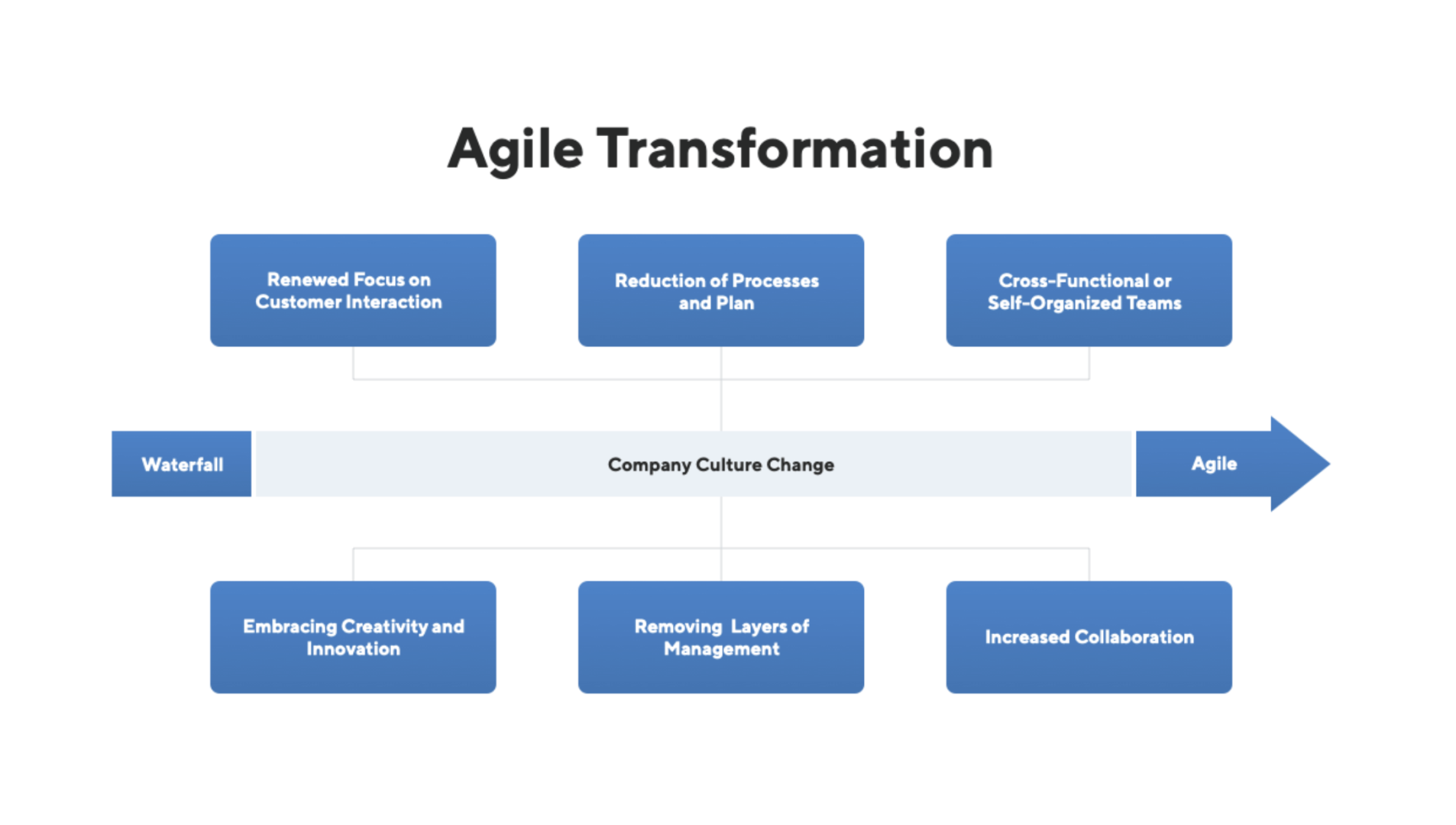
The Power of Framing in Agile Transformation
Agile transformation is a journey that requires buy-in and commitment from all stakeholders involved.
Change can be challenging, and some team members may resist adopting new methodologies or practices, which is where the power of framing comes in.
What is Framing?
In behavioural sciences, framing refers to how information is presented or framed to influence the perception or interpretation of an issue or situation.
The framing effect is a cognitive bias that describes how people’s decisions and judgments can be influenced by how information is presented or “framed.” How information is framed can affect people’s perceptions and interpretations, leading to different choices and behaviours.

Framing can involve using language, images, and other visual or auditory cues to convey a particular message. For example, framing a challenge as a threat can evoke fear and motivate individuals to take action, while framing the same challenge as an opportunity can generate optimism and encourage individuals to pursue new ideas and possibilities.
Framing can be used in various settings, from political campaigns and advertising to healthcare communication and public policy. Understanding how framing influences perception and decision-making can help individuals and organisations to communicate more effectively and achieve their goals.
Framing is an Essential Tool for Agile Transformation Success
Framing can help to create a shared understanding of the benefits and goals of Agile methodologies and enable a successful Agile transformation:
-
Creating a sense of urgency: Framing the need for Agile transformation to highlight the urgency and importance of the change can help build momentum and support for the transformation effort. By emphasising the benefits of Agile, such as increased flexibility, faster time-to-market, and improved quality, agile coaches and leaders can create a compelling case for change.
-
Fostering collaboration: Agile methodologies emphasise collaboration and teamwork. Framing the transformation effort as a shared goal can build a sense of community and shared purpose among team members. By framing the transformation as an opportunity for growth and improvement, coaches and leaders can inspire team members to work together and support one another.
-
Reducing resistance to change: Change can be challenging, and some team members may resist adopting new methodologies or practices. Framing the change in a positive light, emphasising the benefits and potential improvements that Agile can bring, help reduce resistance and build buy-in for the transformation.
-
Aligning stakeholders: Successful Agile transformation requires alignment among stakeholders, including leadership, customers, and team members. Framing the transformation to emphasise the benefits and goals of Agile can help align stakeholders around a shared vision and facilitate communication and collaboration among different groups.
Incorrect Framing
Incorrect framing can lead to a range of potential challenges in Agile transformation, including resistance to change, lack of alignment, misunderstandings and misinterpretations, poor adoption, and lack of sustainability and stickiness with the change.
The Unintended Consequences of Framing an Agile Transformation as Agile Framework Adoption
Framing Agile transformation as simply adopting an Agile framework can have some unintended consequences. While adopting an Agile framework is essential to Agile transformation, framing it solely in terms of framework adoption can lead to a narrow focus on process and tools rather than on the cultural and mindset changes required for true Agile transformation. This framing may lead to a lack of understanding of the broader goals of Agile transformation, such as improving collaboration, empowering teams, and delivering customer value.Framing Agile transformation solely in terms of framework adoption can also lead to a “one-size-fits-all” approach, where teams are expected to adhere rigidly to a particular framework without consideration for their unique needs and context. This approach may lead to resistance from team members who feel forced to adopt a framework that may not be suitable for their work.Overall, while adopting an Agile framework is a critical aspect of Agile transformation, it is essential to frame the transformation in a way that emphasises the broader goals of Agile, such as cultural change, mindset shift, and continuous improvement, rather than just process and tools.
How Can Leaders leverage Framing to Facilitate Agile Transformation Success?
Framing applied correctly can help leaders to:
-
Communicate a compelling vision: Use framing to communicate a clear and compelling vision for Agile transformation that aligns with the organisation’s goals and values. By framing the vision to emphasise the benefits and potential improvements that Agile can bring, leaders can inspire team members to support the transformation effort.
-
Foster a culture of agility: Use framing to create a culture of agility by emphasising the importance of flexibility, collaboration, and continuous improvement. By framing Agile practices and methodologies as the foundation of the organisation’s culture, leaders can encourage team members to adopt Agile principles and practices as a way of working.
-
Building buy-in: Use framing to build buy-in and support for Agile transformation by framing the change to emphasise the benefits and potential improvements that Agile can bring. By addressing potential concerns and challenges head-on and framing the change as an opportunity for growth and improvement, leaders can help to reduce resistance and build support for the transformation effort.
-
Encouraging experimentation: Agile transformation involves experimentation and iteration, and leaders can use framing to encourage team members to take risks and try new approaches. By framing experimentation as a critical part of Agile methodology, leaders can create a culture that supports innovation and continuous learning.
Leadership is about framing the possibilities, opportunities, and challenges of the future for others to see and act upon. — Gary Hamel
Framing is a Powerful Tool in Agile Transformation

Framing is a powerful tool that Agile coaches and leaders can use to drive the success of Agile transformation efforts. By framing the transformation to emphasise the benefits, align stakeholders around a shared vision, and inspire team members to support the change, we can build buy-in, overcome resistance, and create a shared understanding of the goals and benefits of Agile methodologies and practices. However, it’s essential to be mindful of potential challenges arising from incorrect framing and adjust our framing accordingly. As Agile coaches and leaders, mastering the art of framing can be the key to achieving lasting Agile transformation success.
Trending
-
1 SEO Mistakes That Could Be Costing Your Shopify Store Sales
Daniel Hall -
2 Strategies for Safeguarding Assets and Investments
Daniel Hall -
3 The Role of PR Firms in Crisis Management and Damage Control
Nitish Mathur -
4 How to Make Appealing Visuals for Your E-commerce Store
Daniel Hall -
5 The Competitive Landscape of Low-Cost Carriers in Belgium: TUI Fly Belgium’s Position
Daniel Hall





Comments